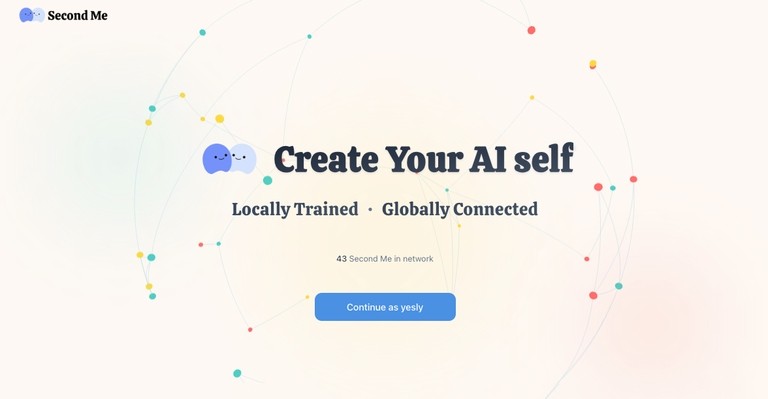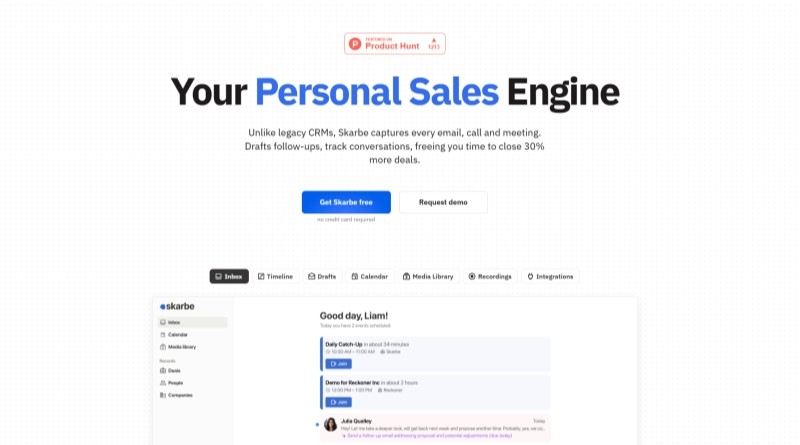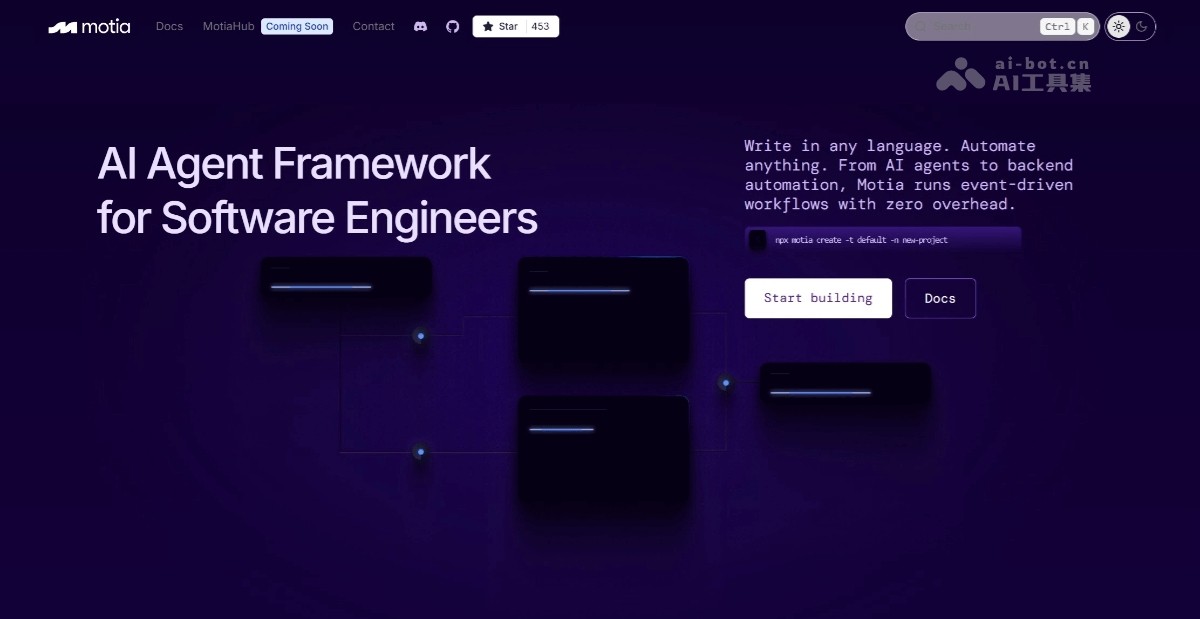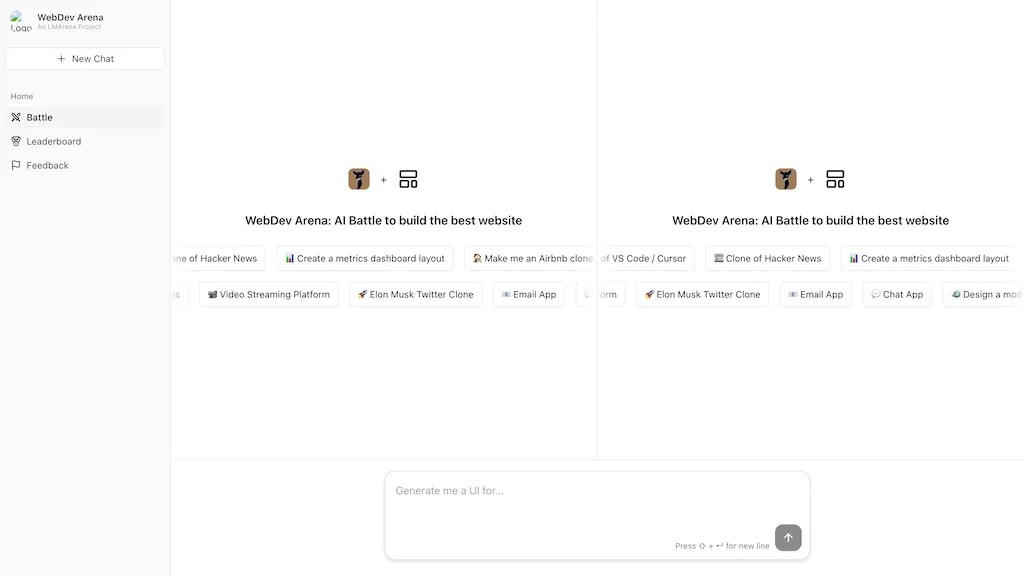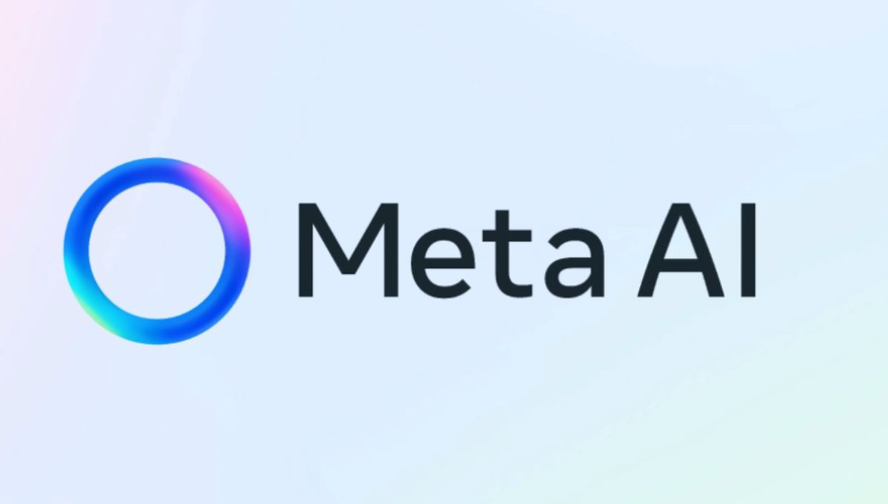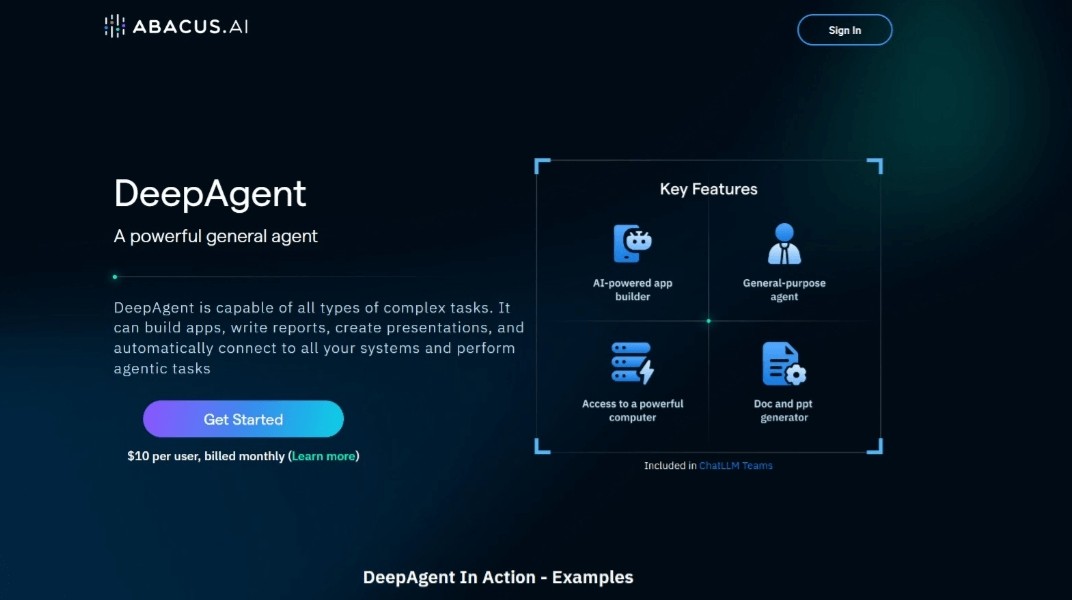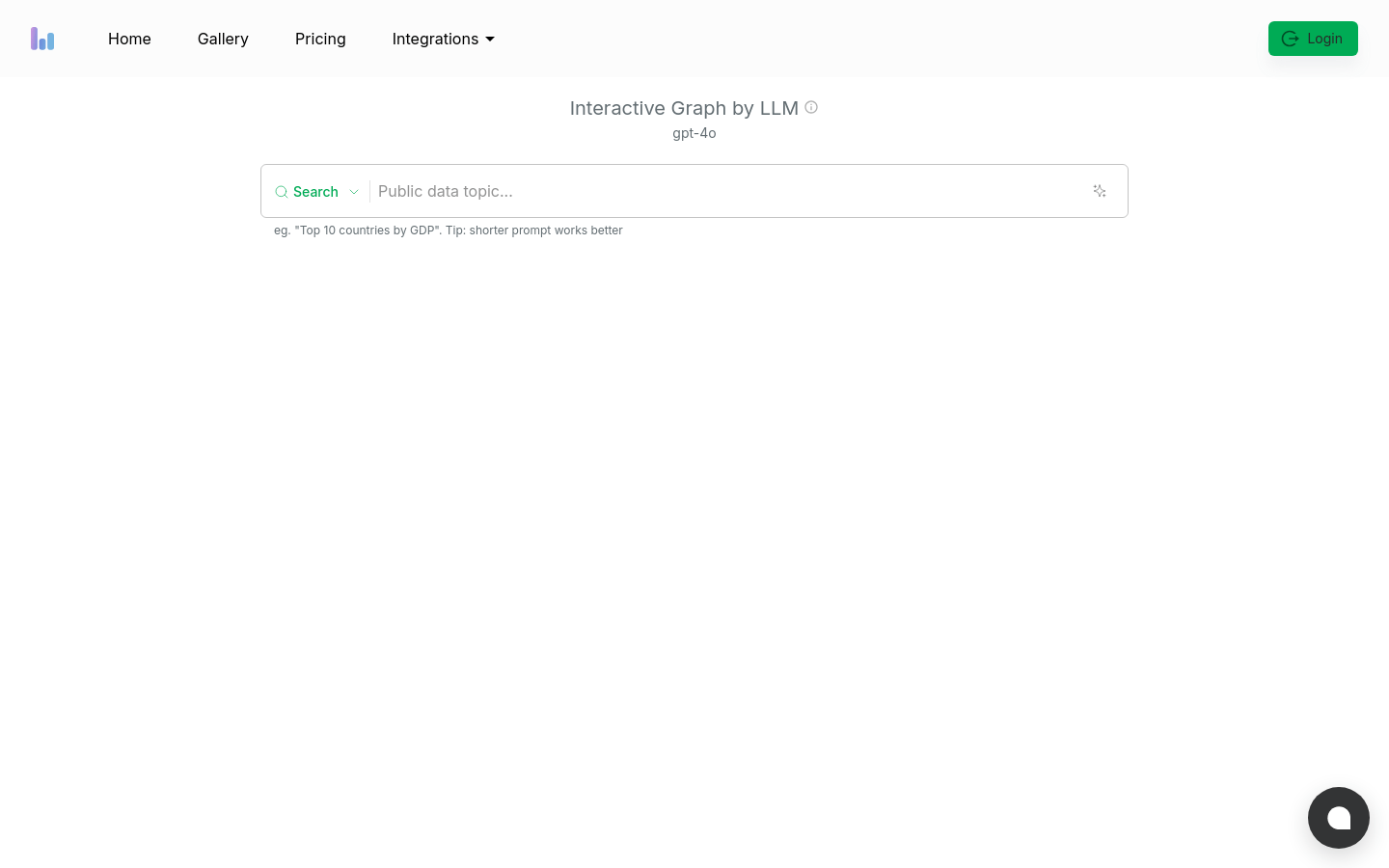
Interactive Graph by LLM is a large language model (LLM)-based website that allows users to generate interactive graphs through natural language prompts. The importance of this technology is that it simplifies the process of data visualization, making it easy for non-technical users to create and understand complex data. Product background information includes its innovative interaction methods and contributions to data visualization. The product is currently in the free trial stage and is targeted at businesses and individuals who want to simplify the data display process.
Demand group:
The target audience includes data analysts, business decision-makers, and any individual or team who needs to present data visually. This product helps users quickly understand and communicate complex data by simplifying the data visualization process, and is especially suitable for business environments that require efficient data display and analysis.
Example of usage scenario:
Data analysts use this tool to quickly generate charts of country GDP rankings
Market researchers use it to show product sales trends
Educators use it to explain statistics to students
Product features:
Supports natural language queries such as 'Top 10 countries by GDP'
Users can adjust chart settings by clicking on elements on the canvas
Provide graphical search prompts to help users construct queries more efficiently
Generate interactive charts in real time to enhance data readability and understanding
Chart elements are clickable, providing deeper data exploration
Supports multiple data visualization formats to meet the needs of different users
Usage tutorial:
Visit Interactive Graph by LLM website
Enter a natural language query into the search box, such as 'Top 10 countries by GDP'
Adjust chart settings as needed, such as colors, labels, etc.
Click on chart elements for more details
Use charts for data exploration and analysis
Share or export generated charts for use in reports or presentations
